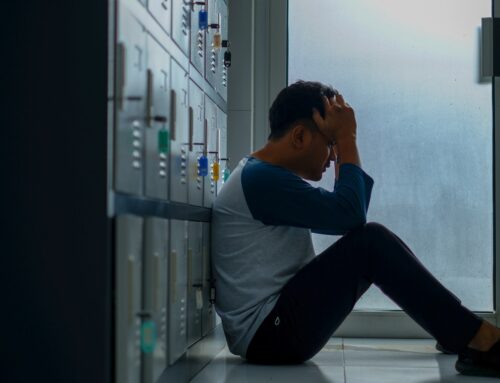Yes, car insurance can cover damage caused by natural disasters, such as floods or hurricanes, but only if you have the appropriate coverage included in your policy. Comprehensive coverage is the component of auto insurance that offers protection against damages resulting from natural disasters, along with other non-collision-related incidents like theft and vandalism.
What to do after the incident
If your vehicle is damaged due to a natural disaster, follow these steps:
- Ensure safety: First and foremost, make sure you and your loved ones are safe and away from any immediate danger.
- Document the damage: Take clear photos and videos of the damage to your vehicle, capturing all angles and affected areas. This documentation will be helpful when filing your claim.
- Prevent further damage: If possible and safe to do so, take necessary steps to prevent any additional damage to your vehicle, such as covering broken windows or moving the vehicle to a safer location.
- Contact your insurance company: Notify your insurance provider about the damages as soon as possible. They will guide you through the claims process, inform you of any required documentation, and let you know if an adjuster needs to inspect the damage.
- File a claim: Submit your claim with the necessary documentation, including photos, videos, and any other relevant information. Keep track of your claim number and stay in touch with your insurance agent or adjuster throughout the process.
- Repair your vehicle: Once the claim is approved, proceed with the necessary repairs or replacement of your vehicle as directed by your insurance company. Keep all receipts and documentation related to the repair for future reference.
Impact on insurance rates
Comprehensive claims cover non-collision damages, such as theft, vandalism, or natural disasters. Since these events are typically considered beyond the driver’s control, they often have a smaller or no impact on insurance rates compared to at-fault collision claims.
Tips to minimize damage from natural disasters
While you cannot control natural disasters, you can take preventive measures to minimize potential damage:
- Park in a safe location: If you live in an area prone to flooding or hurricanes, consider parking your vehicle in a garage or on higher ground.
- Elevate electrical systems: If you live in a flood-prone area, consider elevating electrical systems, such as circuit breakers, switches, and sockets, above potential flood levels. This can help prevent damage and minimize the risk of electrical hazards.
- Create an emergency kit: Keep an emergency kit in your vehicle, including items like a flashlight, jumper cables, a first-aid kit, and non-perishable food and water. This can be helpful if you find yourself stranded during a natural disaster.
If you live in an area prone to certain natural disasters, such as coastal regions prone to hurricanes or areas near floodplains, you should consider purchasing comprehensive coverage to protect your vehicle from such perils. This additional coverage covers damage caused by floods, hurricanes, hailstorms, tornadoes, and other natural disasters, depending on the terms and limits of the policy.





